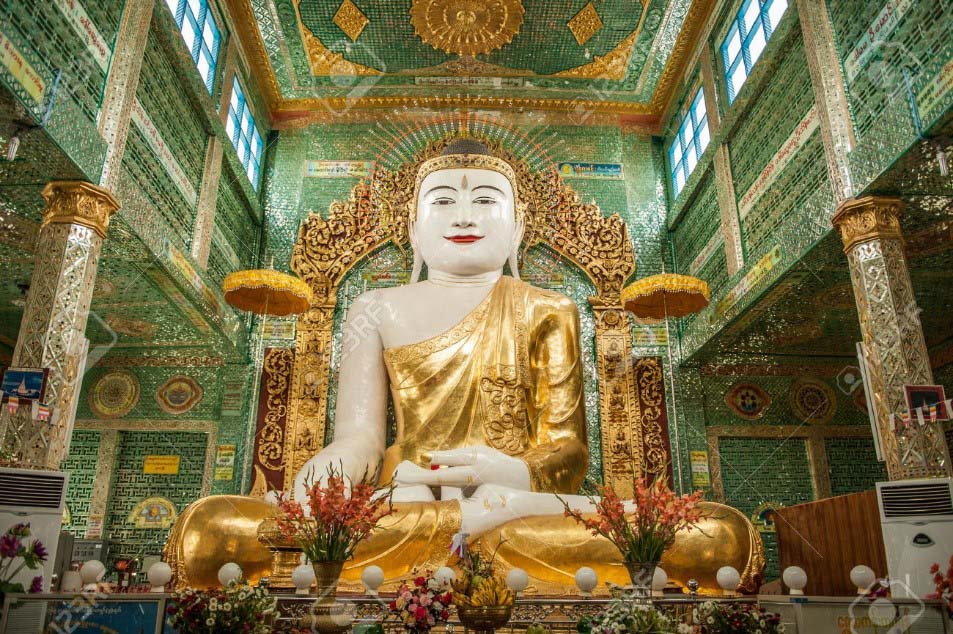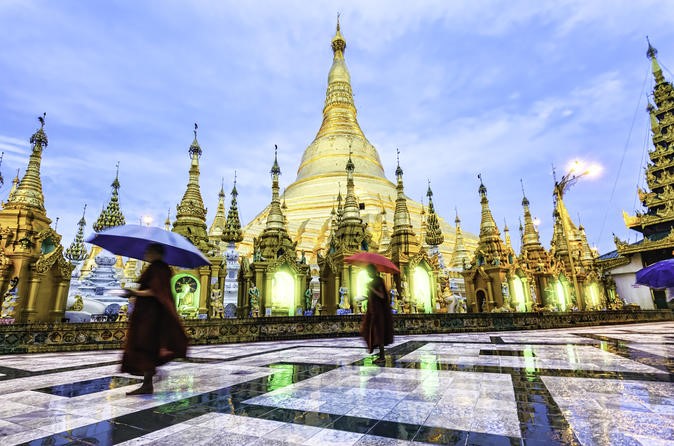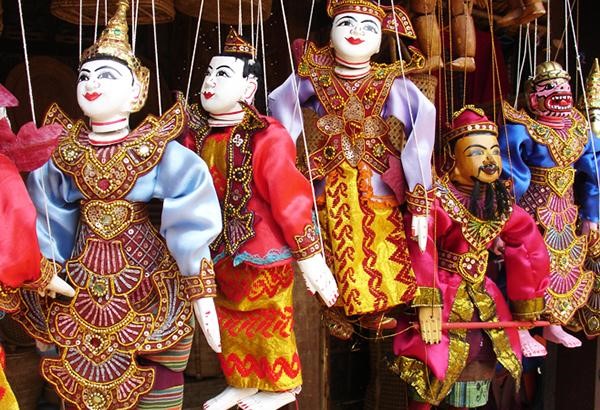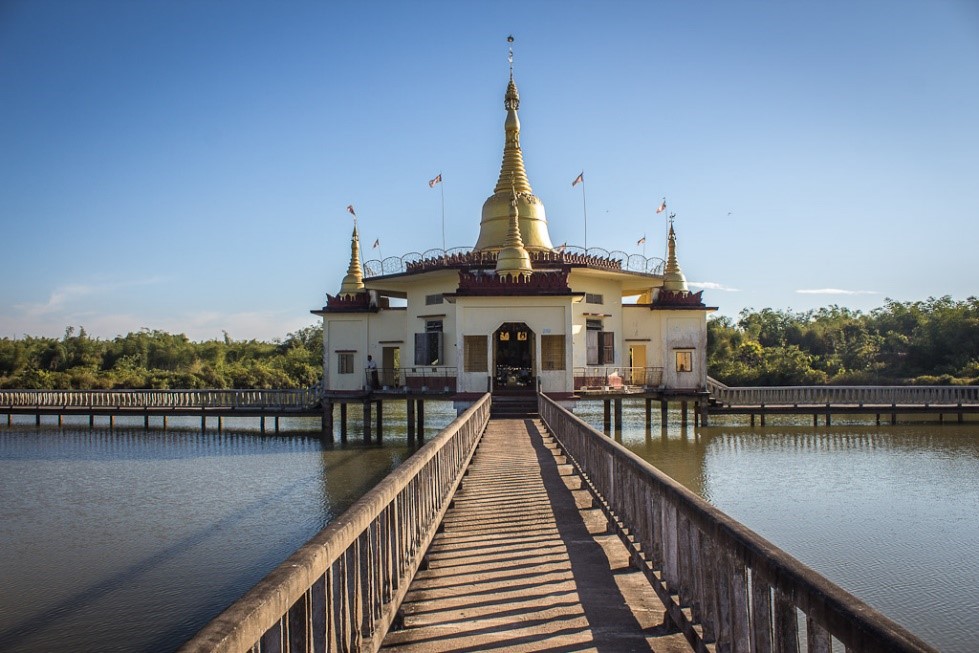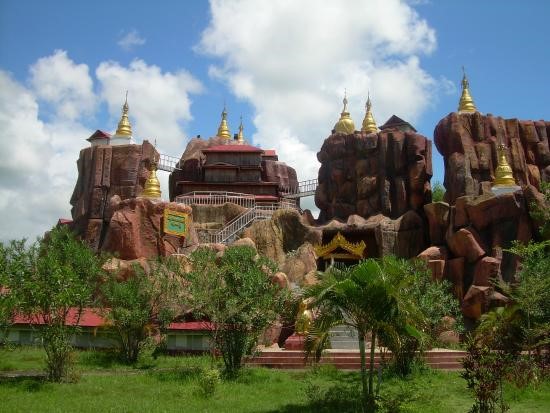Traditional Music Becoming a Source of Interest for Tourists on Private Myanmar Tour
Like any other nation in the world, Burmese traditional art and culture are a reflection of outstanding features and they help to attract more tourists on private Myanmar tour. Traditional music in this country is not only about large numbers of instruments in music but also about its beauty in the eyes of tourists visiting Myanmar.One of a traditional music band in Myanmar is Saing Waing which has various musical instruments. Any tourists on Burma tours for the first time should be put under

Besides, Myanmar holidays offer you a chance to learn more about other featured musical instruments like
The interesting thing to tourists while exploring traditional musical instruments in Myanmar during their private tour is that the Myanmar people’s drums can create different changes in their sounds by using glutinous rice attached to the bottom of the drum.
During the 50s of the 20th century, a lot of Western musical instruments were released to the society of Myanmar, including major cities. Nevertheless, these cannot take place of traditional ones but help to make Burmese music more diverse and attractive. People in Myanmar only take these traditional musical instruments during festivals as well as Lunar New year. These instruments’ wonderful sounds will be maintained forever. This country’s traditional music acts as the cultural symbol and the attractive beauty to any people coming to visit Myanmar.

Maha Gita – Kind of Classical Music
With regard to the integral body in classical songs of this country, the "Maha Gita" whose meaning is about great royal songs cannot be forgotten. Their repertoire is at times called "
This classical music occurs in printed collections. There are neither traditional examples in terms of notation nor notational system in this country’s tradition. In the 1960s, there was the adoption of cipher notation system from China which was kept for notation of single melodic line. During holidays to Myanmar, you can see several examples of skeletal structural music patterns printed in Myanmar like in Western notation throughout the 1940s.

In addition to this body of court songs, you can learn from your private Myanmar tour that there are a number of instrumental pieces in the form of opening music for the theater which is called "Panama Ti'loun" or "first pieces". There are a number of instrumental types associated with the Royal Palace Watch such as the "
More guide...
Responsible Travel
Being a responsible eco tour operator is at the heart of what ACTIVETRAVEL ASIA is all about. From the start, we have been committed to offering low-impact tours that benefit traveler and host alike. We work with local communities, businesses and individuals to develop sustainable tourism opportunities that help local economies while minimizing negative environmental and cultural impacts.
Asia Travel News


